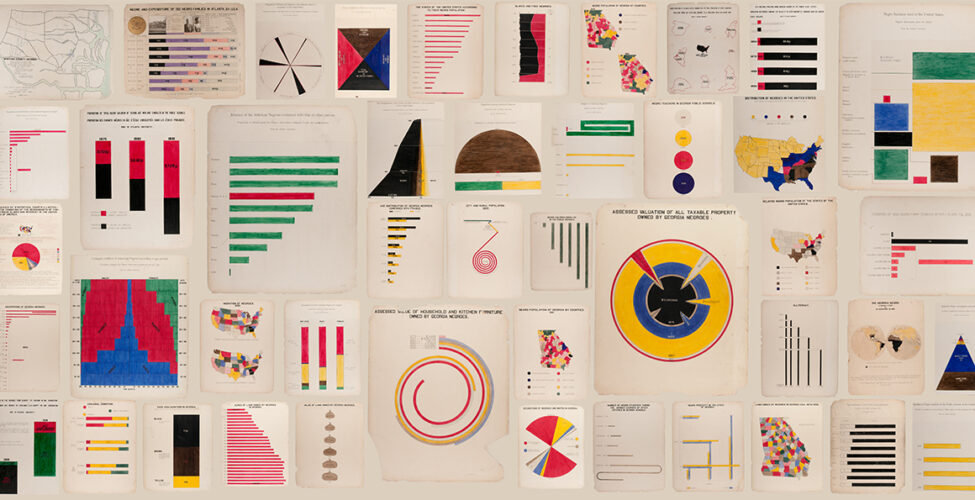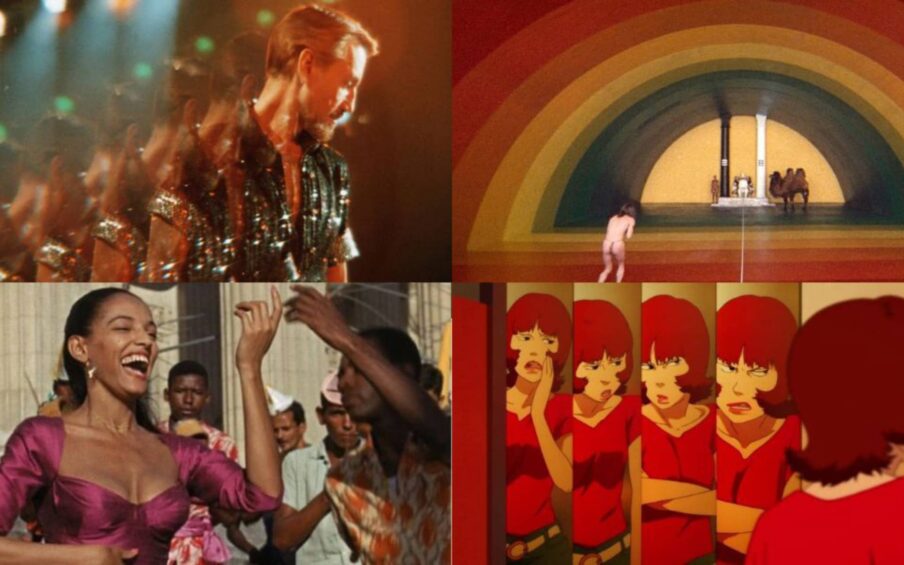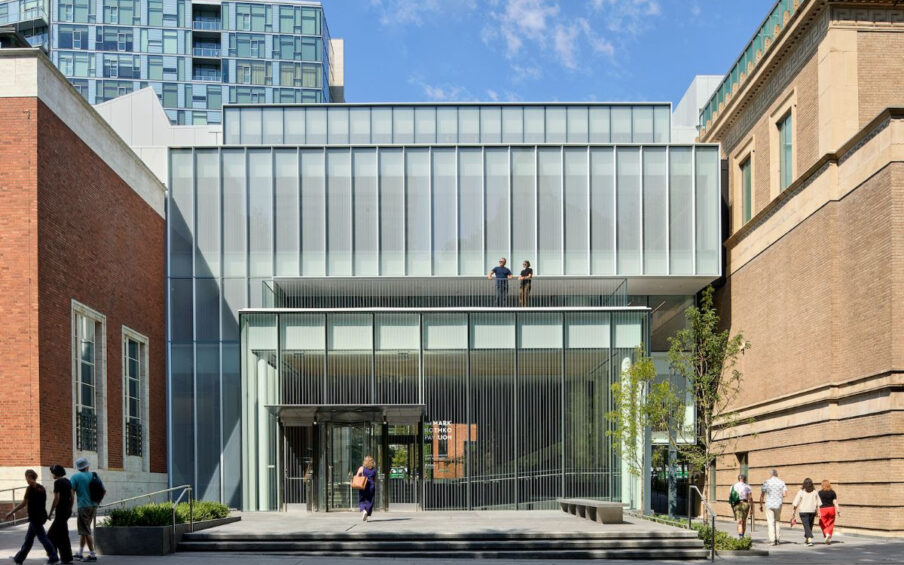The Portland Art Museum has received and welcomed critical feedback regarding our permanent collection, the representation of Black artists, and the interpretation and scholarship around their works. These calls have grown louder, sparked by the groundswell of focus on racial inequity and justice after the deaths of George Floyd, Breonna Taylor, Ahmaud Arbery, and many other Black Americans.
We acknowledge that the Museum’s history is rooted in an impulse to acquire objects and subsequently results in the oppression of some; in our 127-year history, we have only recently begun to reckon with our past and to make intentional changes. In keeping with many general or “encyclopedic” art museums across the United States, our collections of European and American art were conceived and developed through a Eurocentric perspective that often only recognized and celebrated predominantly white male artists. Our substantial holdings of Asian art and Native American art, with many works acquired over fifty years ago, require new and ongoing scrutiny as we understand their origins and work to share more accurate information. We also have holdings of African art, a portion of which were donated to the Museum in the 1970s by former missionaries; these objects require significant research, authentication, and potential repatriation.

As an institution, we are in the process of understanding how white supremacy is an inherent part of museum culture, and what work can be done to dismantle it—through reexamining our privileges, power, and practices of inclusion, collaborating with diverse communities, amplifying and including diverse voices, changing the composition of our staff and board, reviewing our approach to interpretation and curation, and continually learning how to do better and to meet the needs of our community. This is a museum-wide process that all departments are learning about, discussing, and taking steps to enact. Our Curator of Native American Art is actively working on resolving repatriation claims, as well as consulting with Native constituents, artists, curators, and community members on the care and exhibition of the collection. In 2017 we facilitated the repatriation of an important eighteenth-century Buddhist painting to its original home in Korea. And we have also been working to expand our approach to curating—inviting new partners to create and shape exhibitions in new ways.
One tenet of our internal equity and inclusion work is: “Question our assumptions, interrupt the status quo, and challenge dominant-culture thinking through how we collect and preserve art and film.” We have a long road ahead of us to acknowledge and confront the many inequities that exist throughout our museum. Curators and Learning and Community Partnerships team members have been intentionally seeking out, proposing, and acquiring works by Black artists for the permanent collection and collaborating with Black community members to deepen the understanding of, and respectfully exhibit these works. Our aim is to build and nurture relationships with artists, collectors, and advocates that can help foster a sustainable approach and commitment to this growth. Currently, the Museum is working on multiple initiatives and engaging donors to build funds for acquiring more art by Black artists. We have a lot more work to do.
In recent years, our exhibition program has featured a diversity of Black artists: Hank Willis Thomas: All Things Being Equal…; a NW Film Center series based on Thomas’s recommendations centering Black voices and filmmakers; Color Line: Black Excellence on the World Stage; Constructing Identity: Petrucci Family Foundation Collection of African-American Art; Representing: Vernacular Photographs of, by, and for African Americans; APEX: Arvie Smith; and the exhibition of a newly purchased work by Mickalene Thomas, Do I Look Like A Lady (Singers and Comedians). Three exhibitions featuring work by Black artists will be on view when the Museum opens this summer—Art and Race Matters: The Career of Robert Colescott; Isaka Shamsud-Din: Rock of Ages; and APEX: Ed Bereal.
We hope that engaging with community partnerships and numerous ongoing dialogues among curators, educators, and artists will open up more opportunities for Black artists to be seen and heard at the Portland Art Museum. And as we continue to question ourselves and shed light on inequities, we will work to make changes to be a more equitable and inclusive museum.
Learn more about equity and inclusion at the Museum and Northwest Film Center
- Equity Statement
- Portland Art Museum Announces Equity Statement
- Reflecting on the Process of Equity Work at the Museum
- Black Lives Matter – Learning and community resources as a way to share, converse, and catalyze change in ourselves and our communities.
- Acknowledging the role of our museum in oppression



